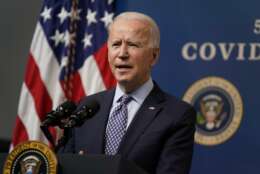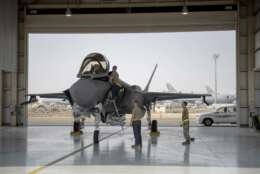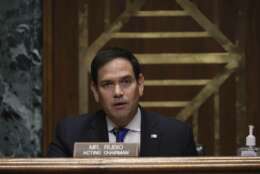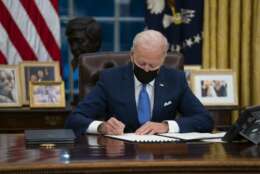Defense
-
In today's Federal Newscast, President Joe Biden rescinded a 2020 memo that gave the Defense secretary the authority to exclude certain employees from collective bargaining.
February 26, 2021 -
Digital tools to help plan flight routing are already saving 200,000 gallons of fuel per week in one region, and the savings could soon grow to a million gallons.
February 26, 2021 -
Sens. Mark Warner (D-Va.) and Marco Rubio (R-Fla.) are pressing Senate leadership to extend 3610 authorities through Sept. 30.
February 26, 2021 -
The Competition in Contracting Act stay is only available when a protest is filed no later than ten days after contract award or no later than five days after a debriefing.
February 25, 2021 -
Wherever they operate in the world, the armed services rely on contractors for all sorts of support from fuel delivery to housing.
February 25, 2021 -
In today's Federal Newscast, mass vaccination sites staffed by active duty military members are now up and running in three more cities, with more set to come online in the next few days.
February 25, 2021 -
President Joe Biden has signed an executive order that is intended to boost manufacturing jobs by strengthening U.S. supply chains for advanced batteries, pharmaceuticals, critical minerals and semiconductors
February 24, 2021 -
The Defense budget is out from under the weight of the Budget Control Act, but that doesn’t mean that the military will see a boon in spending this coming year.
February 24, 2021 -
Freedom of Information Act requests are on the rise. Rising faster are instances of federal agencies turning them down.
February 24, 2021 -
DHA is still not sure how many military treatment facilities will close or how many patients will need to seek outside care.
February 23, 2021 -
A form of contracting known as lowest-price technically acceptable, or LPTA, has long bugged federal contractors.
February 23, 2021 -
Greg Garcia, the Army's deputy chief information officer, announced in an email to staff that his last day would be Feb. 27.
February 23, 2021 -
Here with what to expect for the week ahead in Congress, Bloomberg Government Editorial Director Loren Duggan spoke to Federal Drive with Tom Temin.
February 22, 2021 -
In an interview with Federal News Network, the chairman of the House readiness subcommittee says installation resilience is near the top of his oversight priority list.
February 22, 2021 -
With rival nations building up their navies, and in China's case getting a lot more aggressive, what should the United States' floating power look like?
February 19, 2021
















